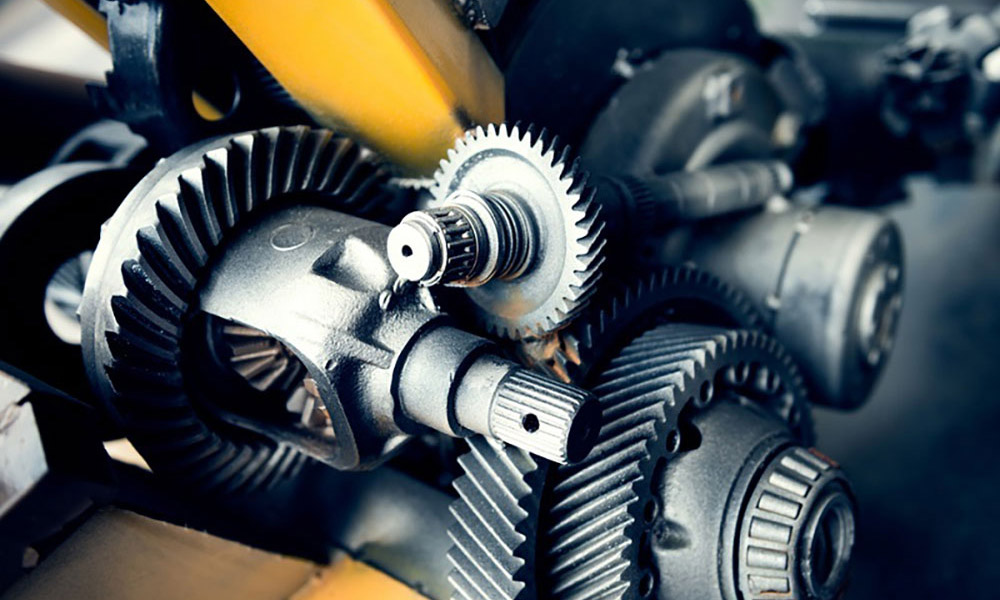Find Out More – Fitter
Course: Fitter
Trade Title: Mechanical Fitter
OFO No: 653303
Accreditation Body: Quality Council for Trades and Occupations

What is a Mechanical Fitter?
Mechanical fitter is the assembly, installation, maintenance and testing of complex machinery and mechanisms, such as pumps or turbines. In order to achieve this mechanical fitters will work from detailed drawings or specifications, use hand and machine tools and precision measuring tools.
Mechanical Fitter can specialize in different areas, namely:
- Compressor Fitter
- Turbine Fitter
- Diesel Fitter
- Hydraulic Fitter
- Lubrication Equipment Mechanic
- Machine Fitter
What does a Mechanical Fitter do?
- Construction of mechanical system and equipment to concise engineering drawings and production timescales
- Fault-finding and diagnostics of mechanical equipment
- Installation of systems and equipment at customer locations, worldwide
- To adhere to the company policies and procedures
- Makes sure of safety at all times
- Works according to government regulations
Personal Qualities Required:
- Interested in fitting
- Physically fit and agile
- Observant
- Responsible
- A Person with an eye for detail
- Good with your hands
- A Person with excellent judgement
- Safety conscious
- Self-motivated
- Good communication skills
How to become a Mechanical Fitter?
Entry Requirements:
- 16 years of age and
- grade 10 (Standard 8) or
- grade 11 (Standard 9) or Matric (Standard 10) with Maths and Science would be preferred and
- you will need to obtain an N2 qualification. If you have passed grade 12 with a science and maths pass rate of more than 40%, you will only need to write and pass 2 of the 4 subjects (Engineering Drawing and Trade Theory) to obtain your N2 qualification. If you have not passed the grade 12 science and maths exam, then you would need to enrol for all 4 subjects (Maths, Engineering Science, Engineering Drawing and Trade Theory) to obtain your N2 qualification.
Training Requirements:
- You will need to obtain institutional learning at a training institution like Artisan Training Institute, in order for all your modules to be performed in the presence of and signed off by a registered Training Officer as competent. All modules passed will be signed off in your Logbook by the Training Officer.
- Your Phase I would typically last around 12 weeks, after which you would need to obtain experiential (on-the-job) training for a period of 9 months, working under supervision of a registered Artisan at an accredited workplace. The Artisan will sign off all the relevant workplace modules performed on the job.
- Your Phase II will commence thereafter for a period of 12 weeks. Once again you would need to continue your on-the-job training as mentioned above for another period of 9 months.
- Once all the relevant modules in both your Off-the-Job Logbook (training institute) and On-the-Job Logbook have been successfully completed and signed off, you will be able to apply to write the Trade Test.
- Upon the successful demonstration to the QCTO that all the requirements for writing the Trade Test have been met, will your Trade Test date be issued.
- Your Phase III will prepare you for the Trade Test and will last for up to 8 weeks.
Fitter Phase 1
This course consists of Phase 1. It counts towards a credited Fitter Qualification which consists of both Theory and Practical Workplace Training. This online part of the course covers the Theory only.
The courses are accredited by the Quality Council for Trades and Occupations (QCTO) of South Africa.
Fitter Phase 2
This course consists of Phase 2. It counts towards a credited Fitter Qualification which consists of both Theory and Practical Workplace Training. This online part of the course covers the Theory only.
The courses are accredited by the Quality Council for Trades and Occupations (QCTO) of South Africa.
